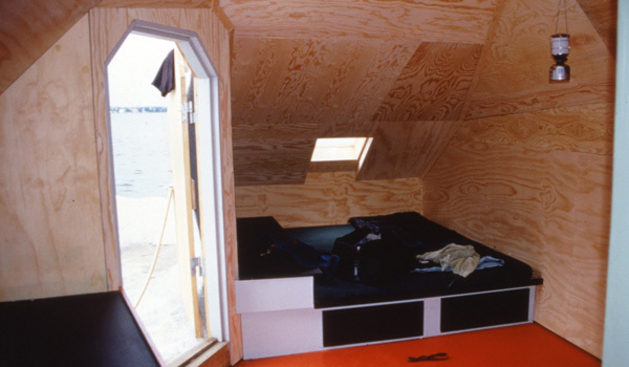In 1999, the H99 event took place, and my responsibility was to curate an exhibition that explored the future collaboration between Helsingør (Elsinore with the castle of Hamlet, Kronborg) and Helsingborg, two cities located in the northern part of the Öresund region. During this time, the twin cities faced pressure due to the construction of a new bridge connecting Copenhagen and Malmö, which posed a threat to their role as the primary link between Sweden and “the continent.”
In Helsingborg, H99 was a significant building exhibition, resembling Berlin’s IBA (Internationale Bauausstellung). However, in Denmark, we chose a more urban and experimental approach that complemented the technocratic and large-scale context. While conducting my research, I discovered the architecture institute “Arc en Reve” in Bordeaux, France, which served as an inspiration for its involvement with children and youth.
The result of our efforts was a quite wide-ranging exhibition held in various buildings around the harbour in Helsingør. Kronborg Castle hosted an exhibition focusing on the history of “floating connections” between the two cities, while an old monastery featured a sound installation that worked with the space of the courtyard.
Our work with children and youth took various forms. Kindergarten students participated in a ten-week project, constructing a city out of cardboard. School children collaborated with artists to explore their perceptions of home or their favourite places in the city. High school students from both cities came together in a future-oriented game, developing a scenario where the two cities merged and shared a common mayor.
The core of the exhibition comprised three scenarios depicting the future development of the twin cities. These scenarios were created by an interdisciplinary team of artists, landscape architects (including Sven Ingvar Andersson, who also designed the exhibition), and urban planners. Through a collaboration with local media, a public vote was conducted, and the scenario with the highest level of integration received the most votes.
In addition to the scenarios, the exhibition featured a wildcard—an inhabitable, floating island created by American artist Andrea Zittel. This unique island was exhibited alternately in both cities every other week and was towed back and forth between them each weekend.
The images below showcase the essence of the exhibition, capturing the three future scenarios and the floating island. These elements symbolize the collaborative efforts of citizens, artists, architects, landscape architects, and urban planners, highlighting the vision for the twin cities’ future development.






